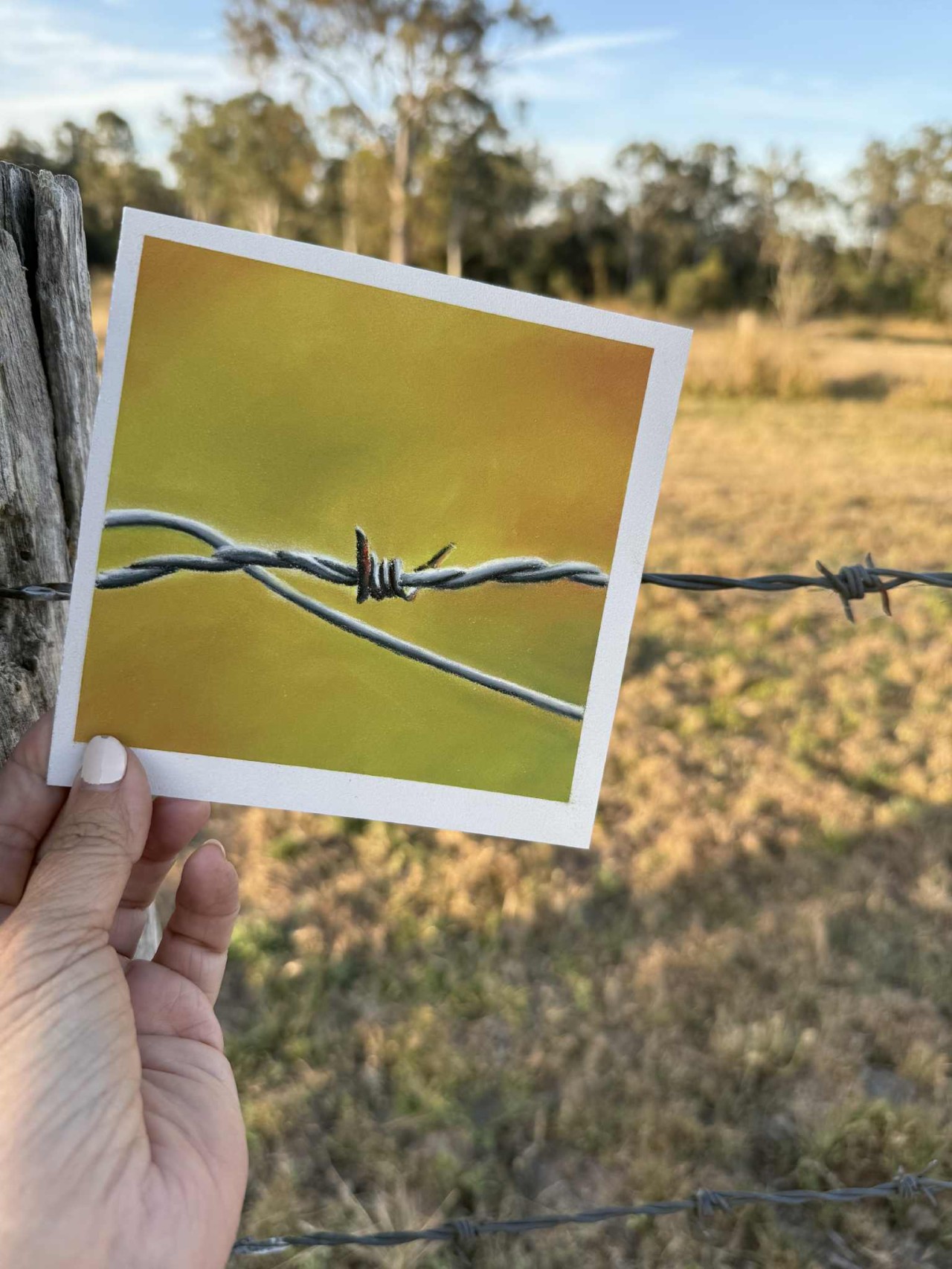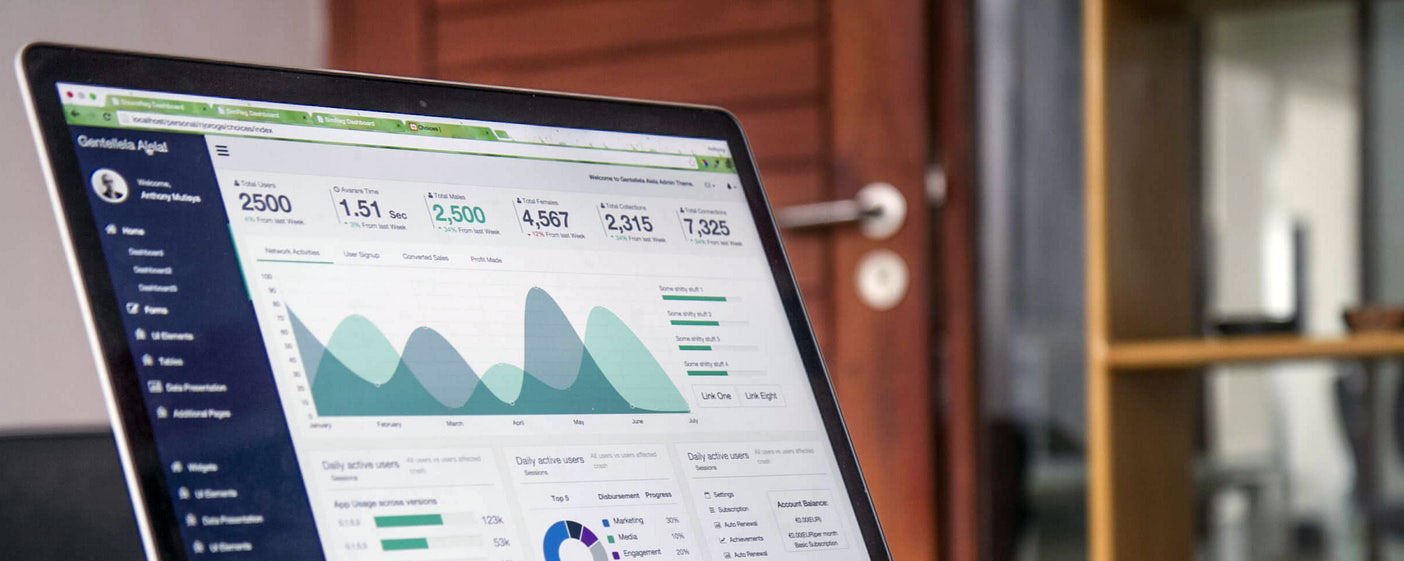What are Soft Pastels (Really)?
A Behind-the-Scenes Look at the Brightest Medium in Art
If you’ve ever picked up a soft pastel and wondered why the colours are so rich, vibrant, and downright addictive to use—you’re not alone. Soft pastels have a long and fascinating history, and their power lies in both what they’re made of and how they’re made. In this post, we’re diving into the world of soft pastels—from how they’re created to why they’re often misunderstood as “just chalk.”
Whether you're a curious beginner or a seasoned pastel artist, this behind-the-scenes look will help you appreciate your art materials in a whole new way.

What Are Soft Pastels?
Soft pastels are sticks of pure pigment held together with just a tiny amount of binder—usually gum tragacanth or similar. Unlike other painting mediums, pastels aren’t dissolved in a liquid or painted on. You’re literally drawing with concentrated pigment, which is why the colours are so luminous.
But here’s the key: they’re not chalk.
People often confuse soft pastels with chalk because they look similar. Chalk is made from calcium carbonate and has a duller, dusty appearance. Soft pastels, on the other hand, are pure pigment with a binder added just to form them into usable sticks. That’s why pastels can produce such saturated, glowing colour.
Why Soft Pastels Are So Bright
Under a microscope, pastel particles are irregular and crystalline, which means they refract light in multiple directions. This scattering of light makes them appear even brighter to the human eye.
This is what gives soft pastels their magic:
-
They're not shiny like oils or acrylics.
-
But they have a velvety, glowing quality that’s unique to this medium.
-
That vibrancy stays intact over time—pastel doesn’t yellow or crack like oil paint might.

How Are Soft Pastels Made?
The process is simple, but incredibly refined:
-
Pure pigment is ground to a fine powder.
-
A small amount of binder is added—enough to hold the pigment together without diluting it.
-
The mixture is rolled or extruded into sticks and allowed to dry.
Some pastel companies still make them entirely by hand—rolling each stick and adjusting moisture levels depending on the weather. Brands like Henri Roche, Mount Vision, Blue Earth, and Great American are known for traditional hand-rolling techniques that produce lush, buttery pastels.
Each brand has its own secret recipe for the ideal softness or firmness, which is why one stick might feel creamy and another quite firm.
Soft, Medium, or Hard? Understanding the Spectrum
Not all pastels are created equal! Soft pastels sit on a spectrum:
-
Extra soft: Like Sennelier, Schmincke, Unison – extremely buttery and great for bold colour.
-
Medium soft: Like Rembrandt or Art Spectrum – a balance of control and richness.
-
Hard pastels: Like Nupastel – firmer, good for fine detail or underdrawing.
Different softness levels serve different purposes. You might use a firmer stick for early sketching, and a buttery one for your final expressive layers.
What About Pastel Pencils?
Pastel pencils are made from a similar mix of pigment and binder but compressed a little more to keep the tip from crumbling. What makes them unique is their casing—they’re encased in wood, like a regular pencil.
Interestingly, many brands (like Stabilo Carbothello) make their pencils by gluing two semi-circular sticks of pastel together to form a single round core. That core is then glued between two wooden halves to create the final pencil.
This method allows the pigment to stay centred and prevents breakage during sharpening. Pastel pencils are excellent for fine detail work, layering, and controlled mark-making—especially for wildlife and portrait artists.
What Are PanPastels?
PanPastels are a unique twist on the traditional soft pastel. Instead of a stick or pencil, the pigment is pressed into pans, similar to makeup compacts. The formula is the same—pure pigment and minimal binder—but it’s processed in a way that allows the pastel to be lifted with a sponge or soft tool.
PanPastels are:
-
Dust-free and low-mess
-
Ideal for layering and glazing
-
Great for underpainting, backgrounds, and smooth gradients
While they’re softer than hard pastels, PanPastels are slightly firmer than the softest sticks and are fantastic for controlled coverage across large areas.
Why All This Matters
Understanding how your materials are made can help you choose the right pastel for the right job—and appreciate the craftsmanship that goes into every stick, pencil, or pan.
Whether you love the expressive smudge of a soft pastel stick, the sharp detail of a pencil, or the painterly smoothness of a PanPastel, remember: you’re not just using art supplies. You’re holding centuries of colour tradition and chemistry in your hand.
So the next time someone calls your pastels “chalk,” you’ll know exactly what to say. 😉
Kerri xx
If you’d like to learn more about how to use soft pastels to paint realistic animals and nature scenes, come check out The Creative Barn Membership. You’ll find over 200 lessons, a friendly art community, and even a free 7-day trial to get started.
Categories: : art, educational

Want to learn about Soft Pastels?
Click on the button to register and get instant access to the free Pastel Basics for Beginners workshop.
Listen as I walk you through the essentials supplies needed to get started in Pastel painting.
I teach you how to create this little barbed wire piece during the class. Everything you need is in the PDF workbook you'll receive when you register.
 Kerri Dixon
Kerri Dixon 
